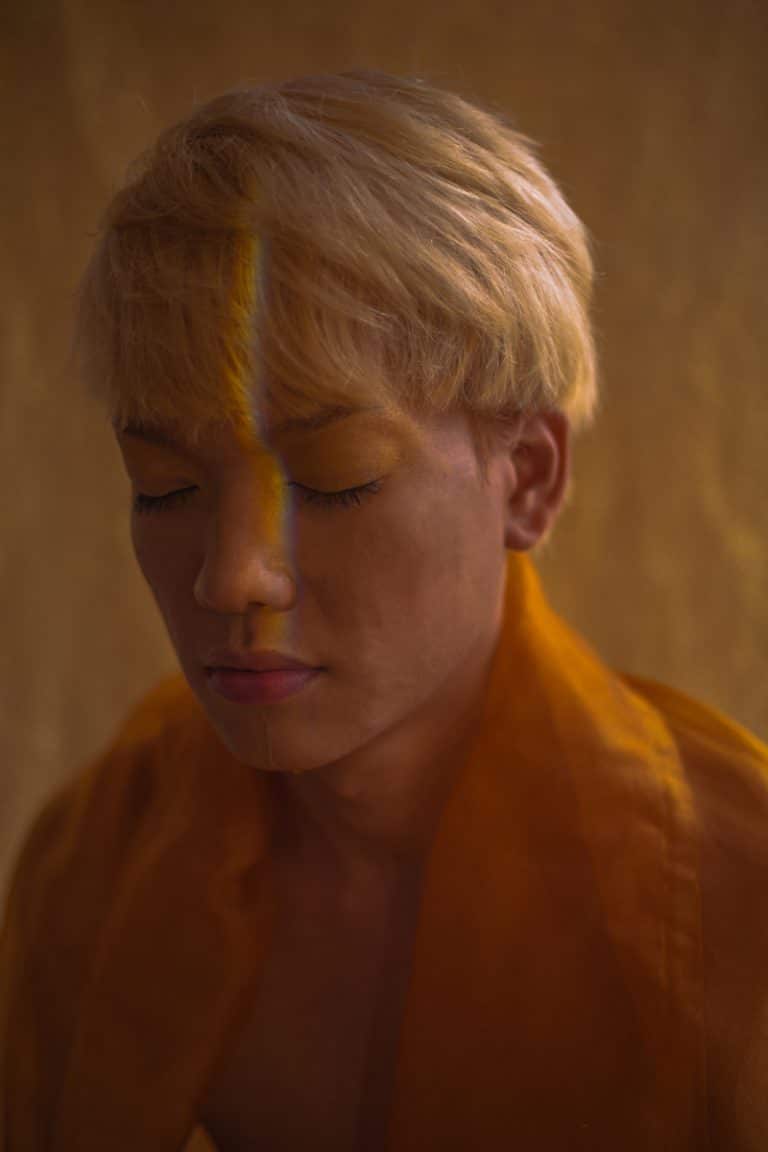Opinion
Finsta accounts are on the rise, but what is a Finsta?
By Laura Box
Published Sep 12, 2019 at 10:30 AM
Reading time: 2 minutes
Social media
Sep 12, 2019
What is a finsta?
In an attempt to reclaim privacy, intimacy, honesty, and humour, ‘finsta’, or fake Instagram, is freeing Instagrammers from public scrutiny and encouraging free, unfiltered sharing with their closest friends.
An ambiguous username, paired with a nondescript photo, private account settings and often less than 100 followers are recurring characteristics of finstas. Usually the secret sister account to users’ main, public accounts, the trend was started among influencers and gen Z with a similar goal in mind: privacy. For influencers, it was a matter of having an account without tens of thousands of people watching and criticising their every move. For gen Z, and increasingly for millennials, the reasons are more nuanced.
Artist, writer, and Slanted House Collective co-founder Ruhi Amin, says her finsta lets her feel a sense of freedom when posting content. “I realised how curated my Instagram was becoming due to the fact that my family and certain other individuals follow me on there—also because now insta is a means via which people find jobs or connect with other like-minded individuals, we don’t necessarily feel complete liberation when posting,” says Amin. “That’s why I made my finsta, so that I felt totally free and at ease when uploading content that is truly me,” she adds, “There’s no hesitation and I upload these images purely for myself, not because I want to appease a specific niche or crowd.” As a result, finstas present a more raw and unedited version of the account holder and posts are more likely to be spur of the moment rather than well thought out, acting as ‘a cathartic digital release’.
For many, finstas also act as a rejection of Instagram’s consumer-focused algorithm, as finsta-owners are less likely to follow influencers and brands. They also reject social media as a form of social capital and validation: images aren’t posted to gain significant likes, and private profiles mean followers can be kept to the bare minimum. The freedom that this provides is particularly enticing for queer people and women of colour, according to Amin.
“I’ve noticed that when it comes to queer people and POC women, or women in general, they voice their opinions a lot more openly on their finstas. Whether this is due to fear of being fought back against in the comments on their regular insta, I don’t know, but there’s a general sense of safety within your own personal finsta,” says Amin.
As the negative impacts of social media on mental health become more acknowledged, from the manipulation of users by capitalising on human need for social connection to the addiction causing mechanisms ingrained in the app (to the extent that Instagram has started trialing hiding likes in certain countries) it is fair to question whether creating a second account and spending more time on networking apps is actually productive.
Finstas, though, appear to have a contrasting effect when compared to their ‘rinsta’ counterparts. Behaviours commonly acknowledged to cause negative mental health impacts on Instagram, such as the constant comparison to other people, the need to present a perfect, curated version of yourself, and the inability to be completely truthful with your followers become obsolete on finsta.
“My Finsta has genuinely helped me express certain emotions I’ve been going through during the past few months,” shares Amin. “I woke up the other morning feeling anxious as hell about a past relationship and my direction in life, so I decided to post a finsta about it and I kid you not, felt 12 times better immediately after. It’s so weird that social media can do that, huh?”
Without the stress of strangers, colleagues, potential employers, exes, and family watching you, a sense of freedom is gained and the former stress that many people feel on Instagram becomes negated.
While some might argue that avoiding Instagram altogether is the best way to get privacy, avoid fear of public backlash, and be the truest version of yourself, it’s not so easy in a world that is increasingly geared towards social media and fostering an online presence. Finsta is a rejection of the most negative parts of the traditional Instagram, allowing expression within the constraints of an inherently flawed platform.





